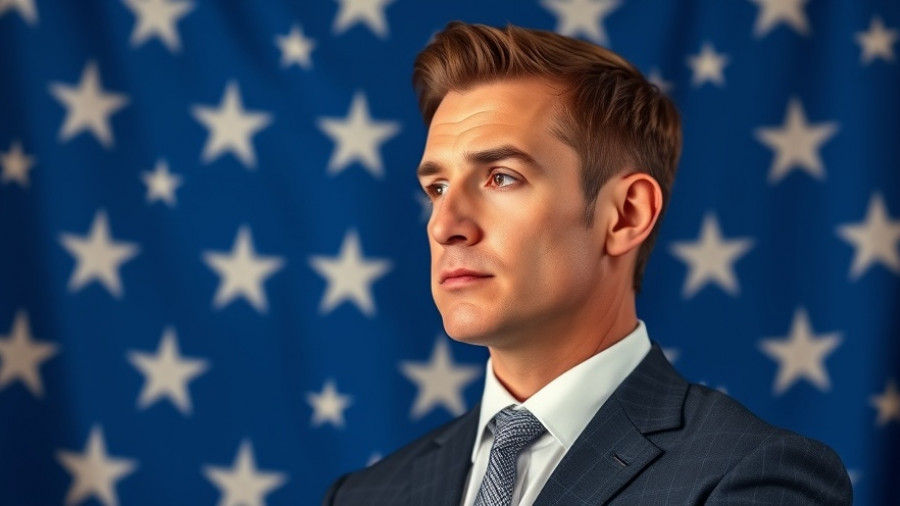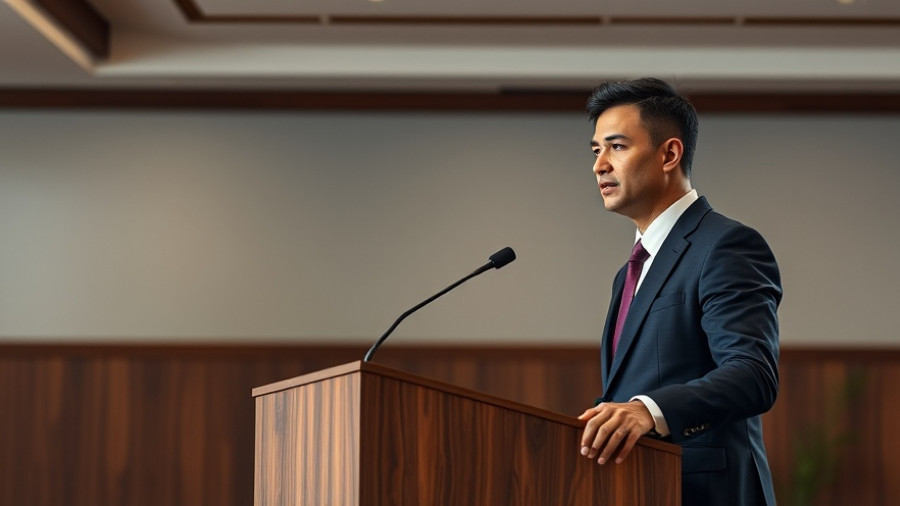
Taking Flight: The Chemtrail Conspiracy's Comeback
In an unexpected move from the Biden administration, Secretary of Health and Human Services Robert F. Kennedy Jr. is reviving skepticism about airplane contrails, commonly termed "chemtrails." This fringe theory suggests that the vapor trails left by aircrafts are not simply condensation, but rather dangerous chemical sprays meant to harm public health and control the climate. Anticipation builds around the formation of a task force to investigate these claims, which many experts warn could further entrench misinformation within federal health policy.
Understanding the Science Behind Contrails
The scientific consensus around contrails is clear: they are formed from water vapor when hot exhaust mixes with cold air at high altitudes. These trails can linger and spread under certain atmospheric conditions, leading to misconceptions about what they contain. It's crucial to differentiate scientifically-backed information from conjecture and conspiracy. Despite the lingering conspiracy theories, substantial evidence shows that there are no harmful chemicals being sprayed from aircraft. In fact, prominent scientific bodies and the Environmental Protection Agency repeatedly affirm that contrails are harmless.
The Rise of Conspiracy Theories in Politics
As this story unfolds, it reflects a larger trend where misinformation finds fertile ground in the political arena. The current administration's engagement with conspiracy theories raises questions about accountability and credibility in public health messaging. Kennedy's history of promoting debunked medical claims, including anti-vaccine sentiments, suggests a troubling paradigm wherein fringe ideas can influence legislation. Critics argue that this could potentially shift public focus away from legitimate health issues in favor of unproven theories.
Implications for Public Trust and Policy
As the debate over chemtrails rattles through social media and into policy discussions, its implications on public trust cannot be understated. Researchers warn that when misinformation is treated with legitimacy, it can drive communities to fear benign phenomena, such as the contrails above them. This fear has led to real-world concerns, with some individuals expressing anxiety when flights produce visible trails in the sky. Thought leaders emphasize the importance of ensuring that factual, science-based evidence informs public discourse rather than conspiracy-fueled conjecture.
Fact-Checking the Conversations
Engaging with these conspiracy theories requires more than just dismissing them—it involves educating the public about the science of contrails and climate. A well-informed populace is key to combating misinformation. As scientific literacy rises, understandings of atmospheric phenomena can demystify many prevalent concerns associated with aviation and environmental health.
Drawing Attention to a Larger Narrative
The chemtrail theory is part of a broader trend of skepticism towards science, particularly in the context of climate change. By understanding the roots and ramifications of such conspiracies, society can better navigate this landscape of information. The public must demand factual evidence and hold leaders accountable to help reverse the trend of accepting conjecture as fact.
 Add Row
Add Row  Add
Add 




Write A Comment